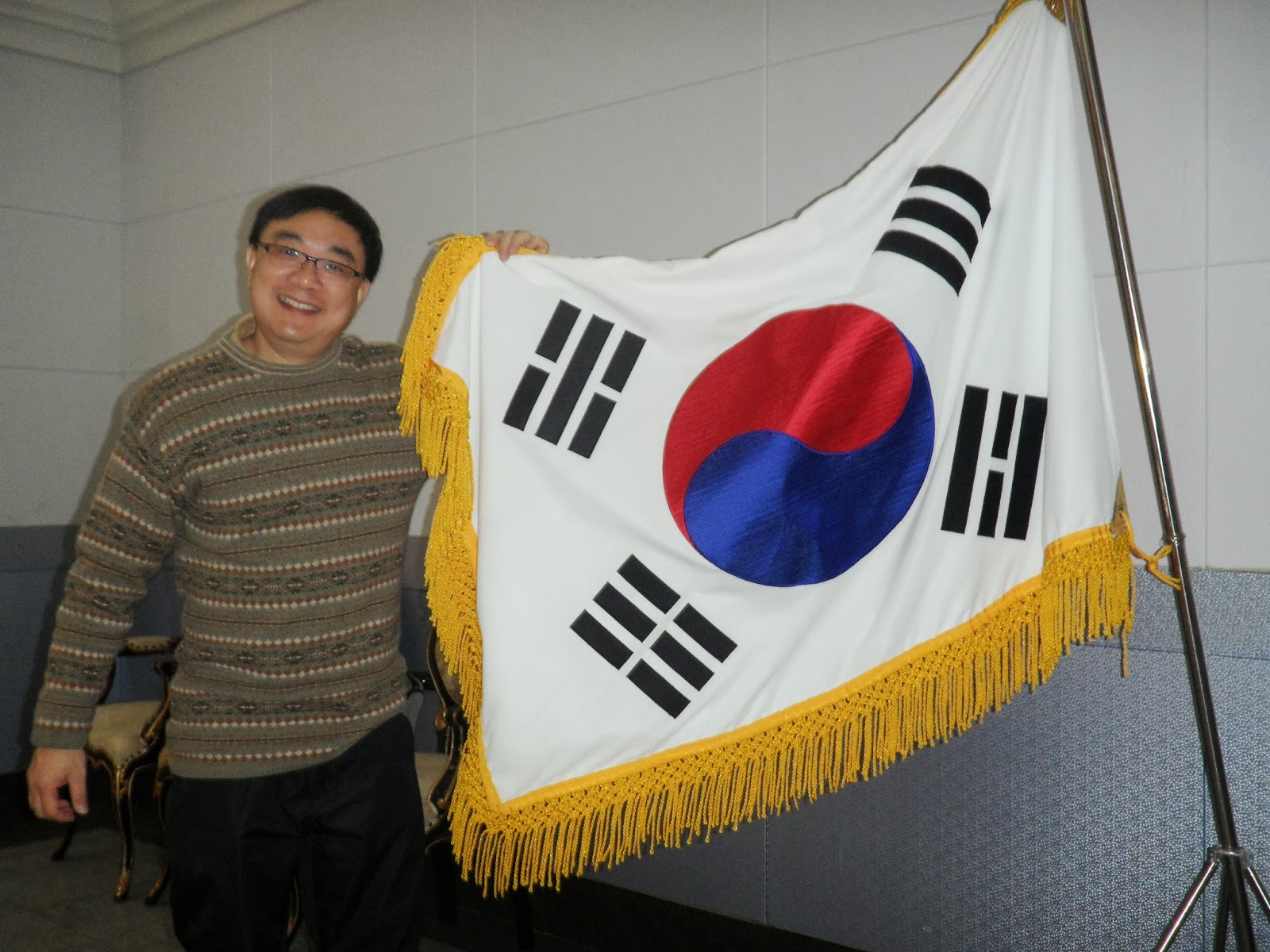It's hard to imagine: South Korea was almost bankrupt 15 years ago in 1998. Today it boosts the 12th highest per capita GDP (Purchasing Power Parity), way above rich countries like Canada, Australia, Belgium, Sweden and including, yes, Singapore. South Korea also ranks 4th out of 183 countries on Goldman Sachs' Growth Environment Score, which means that they did not sacrifice the environment for growth.
Bear in mind that this country of 60 million Oriental people is still at a state of war with its neighbour nuclear-arms infested North Korea. Also note that South Korea was almost devastated from the 3-year Korean War in 1950-1953, plus the exploitation by Japan for 50 years up to World War II.
How did the Koreans did it? I was in Korea for a one-week holiday and from I gathered at the museums, streets and institutions, there are 5 factors that we all can learn from them:
Bear in mind that this country of 60 million Oriental people is still at a state of war with its neighbour nuclear-arms infested North Korea. Also note that South Korea was almost devastated from the 3-year Korean War in 1950-1953, plus the exploitation by Japan for 50 years up to World War II.
How did the Koreans did it? I was in Korea for a one-week holiday and from I gathered at the museums, streets and institutions, there are 5 factors that we all can learn from them:
- Self-Sacrifice - the Koreans sacrificed their personal belongings to rescue theie country from the Asian Financial Crisis in 1997-8. Everybody took pay-cuts, and many ordinary people took out their savings and jewellery and gave them to the government voluntarily. They also donated foreign currencies and just buy local to help their economy. I wonder if the Spaniards and Greeks do that to save their economies now.
- Strong Investment in Education. South Korea spend 4.5% of their GDP on Education, compared to 3.3% in Singapore (source: wikipedia). Everyone in South Korea take training seriously even when they are at work. Koreans would rather sleep less than learn less. Employees often take up training at night to improve their skills. In Singapore, many people only attend training if it is held during office hours, and many would not attend company-paid training if there is no lunch provided (at a 5-star hotel). Even with the Government's PIC $195,000 funding for training, many companies still baulk at sending its employees for training for the bosses don't want to lose working hours on 'unproductive work'. Korea really made Singapore shameful!
- Government Backing for its Top Enterprises. From Samsung to LG, from Hyundai to Kia, from Ssangyong to SK-II, the top Korean companies today occupy the top positions in the world in technology, construction and electronics, all with strong government backing.
- Strong Confucian Ethics. From strict table manners (like you cannot talk while you eat and must let your elders eat first before you can tuck in) to respect for the elders and adherence to moral principles, the Koreans are not just disciplined, they are also strong minded and can withstand hardships without complaints. Which European nation other than Germany can we say the same for?
- Focus on Creativity and Emerging Small and Medium Enterprises. The Korean Government did everything they can to help the millions of small and medium enterprises (employing anything from 3 to 50 people) to get more business so that the big enterprises like Samsung and Ssangyong can grow. Also, in Korea, Creativity is a daily affair, and they always think of ways to do something better. When we were at the Ski Mountain Resort, I was amazed they can adjust the ski schedule at the last minute to accommodate the sudden flux of over 200 tourists.
But one thing we should not learn from Korean: their high suicide rates. Maybe this is the price to pay for success, but other than this, there is nothing that left me unimpressed from my Korean trip.
By Andy Ng at www.asiatrainers.com, whose videos on training at www.youtube.com/AndyNgCoach have reached over 10,000 views now. Andy's blog at www.AndyNgTrainer.blogspot has now crossed 14,000 views in just a short span of 4 months from September 2013.

Comments
Post a Comment